100+ Branches of Earth Science
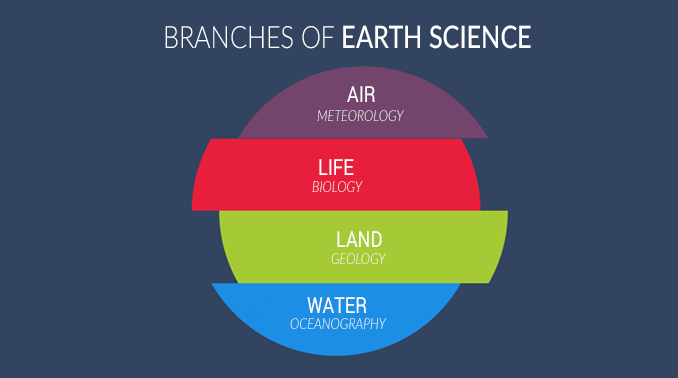
100+ Branches of Earth Science
Studying our planet is such a vast topic because of all the branches of Earth Science. Earth science involves how the natural world interacts with its surroundings.
Careers in environmental science are booming now. For example, we need geologists, biologists, and geophysicists to better manage our ecosystems.
In order to define Earth Science and its interconnectedness, we need a complete list of Earth Science branches that encapsulate the topic in full.
Well, look no further because we have brainstormed an outline of 113 branches of Earth Science. And each branch of Earth Science is placed where they fit best.
1. Astronomy
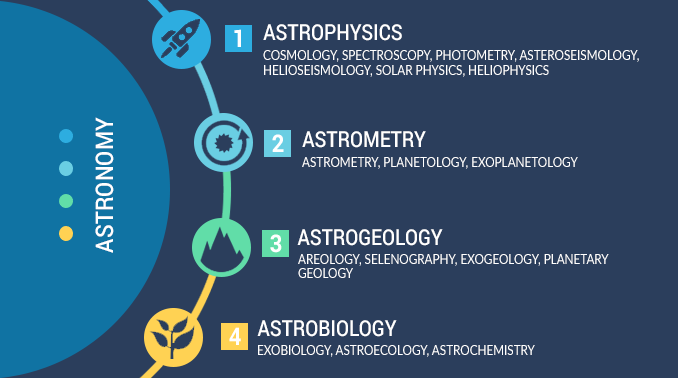
Astronomy is the study of celestial objects and phenomena. It is the all-encompassing term that studies everything beyond Earth’s atmosphere. It applies the concepts from physics, biology, and geology to explain their origin and evolution.
2. Astrophysics
Astrophysics applies the laws of physics to galaxies, stars, celestial bodies, and the universe as a whole. For example, astrophysics examines the evolution and classification of galaxies, general relativity, and the expanding universe.
3. Cosmology
Cosmology studies how the universe was created, evolves, and its ultimate fate. For example, cosmology studies the origin of the universe from the Big Bang Theory and Phases as well as how it will evolve in the future.
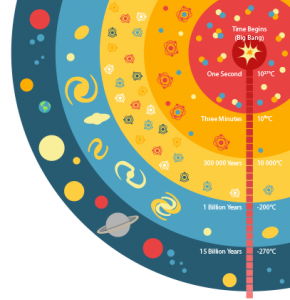
4. Spectroscopy
Spectroscopy applies the principles of light to understand matter. For instance, the universe is expanding because we measure the redshift of light. Redshift means that light stretches when objects move away from you. Alternatively, it’s blue shift when moving toward.
5. Photometry
Photometry gathers light within a range of wavelengths to determine the luminosity of astronomical objects. Once capturing photometric measurements of a celestial object, astronomers can measure the physical properties including temperature, chemical composition or distance.
6. Heliophysics
Heliophysics studies how the sun’s radiation affects its surroundings in space including “space weather”. For example, when the sun ejects a “coronal mass ejections”, this outflow in solar wind can disturb satellites, communication, and GPS systems on Earth.
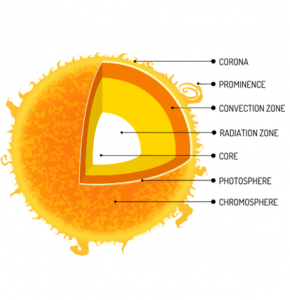
7. Helioseismology
Helioseismology examines the interior structure, composition, and dynamics of our sun by observing waves from its surface. Like notes from a musical instrument, helioseismologists listen to solar oscillations and variations in brightness as a whole.
8. Astroseismology
Astroseismology observes oscillations in stars to investigate their internal structure and composition. For example, astroseismologists detect gentle pulsations and measure periodic brightness changes in stars.
9. Astrometry
Like the geography of outer space, astrometry is concerned with how celestial bodies are positioned and move in space. By taking images of the sky, astrometry uses parallax and geometry to determine distance and stellar motion.
10. Planetology
How planets form in the solar systems including their composition and dynamics in history. Tied closely to planetary geology, it also studies the physical features of planets, moons, and condensed matter.
11. Exoplanetology
How many and where planets exist outside our solar system. The main focus of exoplanetology is inventorying planets and potential residences for new life outside our solar system.
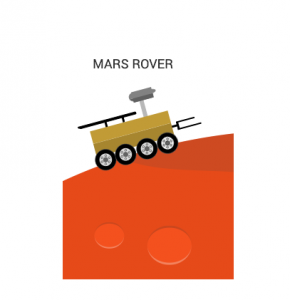
12. Astrogeology
How geology relates to celestial bodies like moons, asteroids, meteorites, and comets. For example, astrogeologists examine rocks, terrain, and material from celestial bodies in space such as the Mars Rover.
13. Areology
How geology is composed on Mars. When the Mars Rover started wheeling around the red planet, its crosshairs were targeting the rocks and geology of Mars. Specifically, it was getting a close-up of the composition or areology of Mars.
14. Selenography
How physical features on the moon formed. For example, selenography understands and catalogs features such as lunar maria, craters, and mountain ranges on the moon.
15. Exogeology
How geology relates to celestial bodies like moons, asteroids, meteorites, and comets. Similar to astrogeology, its focus is on how geology relates to celestial bodies like moons, asteroids, meteorites, and comets.
16. Astrobiology
How life (including extraterrestrials) in the universe evolves, originated, and what will be its fate. Astrobiology involves the search for life outside Earth including the environments that could support it.
17. Exobiology
How likely and where is life in space. If you want to measure the probability of life in space, exobiology considers planetary conditions (biological/environmental) that serve to advance the evolution of life.
18. Astrochemistry
How to study substances in celestial bodies, stars, and interstellar space. For instance, astrobiology pulls from astrochemistry to better understand substances in celestial bodies, stars, and interstellar space. Observing molecules in space gives a solid indication of the physical conditions of what we are used to on present-day Earth.
19. Geology
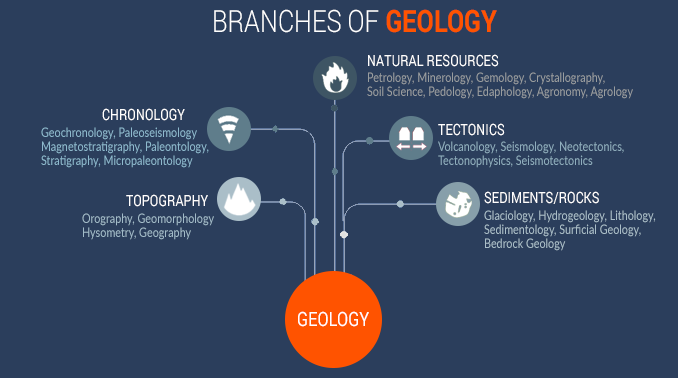
Geology is the study and science of how Earth’s landforms were created, have changed over time and how they will evolve. Whether it’s fossils, magnetic fields, or types of landforms, geology is concerned with reconstructing the past.
20. Stratigraphy
How layering of rocks and strata are analyzed to measure geologic time. Stratigraphy is also concerned with the layering of archaeological remains and their position on layers of rock.
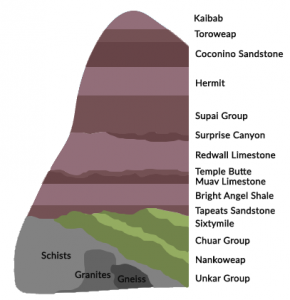
21. Paleontology
How organisms evolve and their interactions in their environment by studying fossil records often found in rocks.
22. Micropaleontology
How microfossils are characterized. Paleo is short for “paleolithic” which often refers to the geologic past.
23. Paleomagnetism
How to reconstruct previous magnetic fields in rocks including the direction and intensity to explore pole reversals in different time periods (past and future).
24. Geomorphology
How landforms, physical features and geological structures on Earth were created and evolved.
25. Paleoseismology
Paleoseismology is the scientific study of prehistoric earthquakes and seismic activity by examining geological evidence, such as fault lines and sediment layers, to understand the history of seismic events in a region.
26. Magnetostratigraphy
How sedimentary and volcanic sequences are dated by geophysically correlating samples of strata deposited with the Earth’s magnetic field polarity. In a nutshell, this is the field of study that studies magnetic fields in rocks and past pole reversals.
27. Geochronology
How old rocks and geological events are dated using signatures inherent in rocks. Studying layers of rock as they relate to geologic time
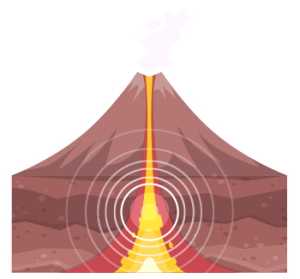
28. Tectonics
How Earth’s crust evolves through time contributing to mountain building, old core continents (cratons), and earthquakes/volcanoes. This field applies the underlying principles of plate tectonics to seismology, volcanoes, earthquakes, and other geological events.
29. Volcanology
How and where volcanoes and related phenomena (lava, magma) erupt and form (past and present). As tectonics plays a key role in volcanoes, volcanology describes the types of volcanoes on Earth and their associated risk of impacting the biosphere.
30. Seismology
How seismic waves travel through and around the Earth from earthquakes. We use seismic tomography from earthquakes to see inside our planet and create 3D models of the surrounding layers of Earth’s core.
31. Neotectonics
Neotectonics is the study of recent geological processes and their impact on the Earth’s crust, focusing on the deformation and movements occurring in the Earth’s surface in the present and near past.
32. Tectonophysics
How Earth’s crust and mantle deform specific to its physical processes. Moreover, the field of tectonophysics targets the physical process that acts on the behavior of waves.
33. Seismotectonics
How earthquakes, active tectonics, and individual faults are related to seismic activity.
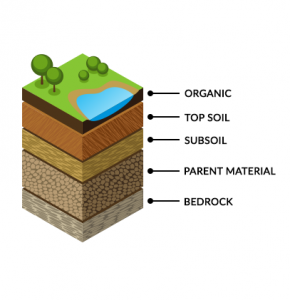
34. Petrology
How types of rocks (igneous, metamorphic, and sedimentary petrology) form in their specific environment. For example, petrology uses mineralogy and rock types to understand geological formations from drilling. In addition, they study the chemical properties and how atoms are arranged.
35. Mineralogy
Mineralogy is the branch of geology that focuses on the study of minerals, their composition, structure, properties, and distribution in nature.
36. Gemology
How natural and artificial gems are identified and evaluated, encompassing their identification, evaluation, and understanding of their properties and origins.
37. Crystallography
Crystallography is the scientific study of crystals, focusing on the arrangement of atoms within crystalline solids and their geometric properties, aiding in the understanding of material structures and properties.
38. Soil Sciences
How soils relate as a natural resource including their formation factors, classification, physical, chemical, and fertility properties. Engineering fields consider soils as regolith. But for agriculture production, soils are considered a natural resource.
39. Pedology
Pedology is the scientific study of soils, encompassing their formation, classification, distribution, and how they interact with the surrounding environment.
40. Edaphology
Edaphology is the branch of soil science that examines the influence of soils on plants, their growth, and the surrounding ecosystem, encompassing the study of soil properties, fertility, and their impact on agriculture and ecology.

41. Agronomy
How the field of agriculture involves science such as crop production, biotechnology, and soil science.
42. Hydrogeology
How groundwater is transported and distributed in the soil, rock, and Earth’s crust. Hydrogeology specializes in anything from surface-groundwater interactions, the direction of flow for groundwater, and measuring depths to the water table.
43. Pomology
How fruits and nuts grow and are cultivated. Pomology is loosely tied to horticulture, agronomy, and agrology with a focus on producing successful crops.
44. Sedimentology
How sand, silt, and clay are deposited and the processes that act on them. By understanding erosion, movement, and deposition of sediments, sedimentologists support the search for oil reserves and contaminated sites in mining, petroleum, and research.
45. Surficial Geology
How surface sediment (till, gravel, sand, clay, etc.) overlying bedrock was formed such as during glacial retreat or in lakes associated with these periods.
46. Glaciology
How ice and glacial deposits have reconstructed landforms as well as how existing (polar) glaciers behave and are distributed. Also, this field of study understands glacial movement including isostatic rebound.
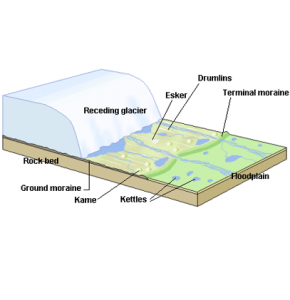
47. Geophysics
How physical processes and properties relate to Earth and its surrounding space. Geophysicists conduct surveys to explore what’s happening beneath our feet. For example, this includes anything from searching the ground for new sources of energy or the internal structure of Earth.
48. Bedrock Geology
How the intact, solid rock beneath surficial sediments formed including age (stratigraphic sequences), morphology and rock properties (folds, faults, fractures).
49. Orography
How topographic relief in mountains is distributed in nature. The main focus is orography which studies topographic relief and how mountains are distributed. In addition, it’s concerned with plate tectonics which is a focal point for mountain-building events.
50. Topography
How physical features (natural and artificial) are arranged on the landscape. We use topography in climate models, air and water flow, land formations and to better understand past tectonic activity.
51. Hypsometry
How the height and depth of physical features are measured land from mean sea level. Hypsometry maps the terrain and processes that act on it. For example, geologists use hypsometry to understand the profile of Earth and landscape evolution.
52. Biology

How life and living organisms are structured, distributed, originated, evolved, and function. Biology works with time, disease, ecosystems, and even extraterrestrials. It also works on different scales. From individual atoms to the entire biosphere, biology has a wide range of career options.
53. Zoopathology
Zoopathology is a branch of pathology that specifically focuses on the study of diseases and pathological conditions affecting non-human animals, providing insights into veterinary medicine and wildlife health.
54. Phytopathology
Phytopathology is the scientific study of plant diseases, their causes, mechanisms, and management, with the aim of protecting crops and ensuring food security.
55. Epidemiology
How disease and determinants of health are transferred and distributed in populations. On a large scale, epidemiologists model disease outbreaks with the goal of preventing their spread.
56. Mycology
Mycology is the branch of biology that focuses on the study of fungi, including their taxonomy, genetics, physiology, and ecological roles.
57. Toxicology
How living organisms are affected, treated, and diagnosed with poisonous substances. Often, toxicology deals with how individual organisms are affected, treated, and diagnosed by poisonous substances. It’s common to test in a laboratory the various substances and materials.
58. Evolution Biology
Evolutionary biology is the scientific field that explores the processes and mechanisms behind the diversity of life on Earth, investigating how species change and adapt over time through natural selection and genetic variation.
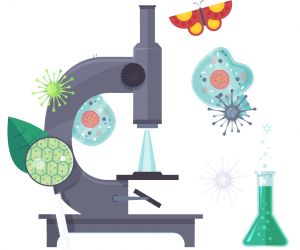
59. Paleobiology
How prehistoric life and fossils were composed specifically to a geologic time scale.
60. Paleoecology
Paleoecology is the scientific study of ancient ecosystems and the interactions between organisms and their environments in the past.
61. Paleozoology
Paleozoology is the branch of paleontology that focuses on the study of ancient animal fossils and their evolutionary history, providing insights into the past diversity and behavior of prehistoric animals.
62. Zooarchaeology
Zooarchaeology is a subfield of archaeology that examines animal remains from archaeological sites to understand human-animal interactions, ancient diets, and cultural practices in the past.
63. Primatology
Primatology is the scientific study of primates, including their behavior, evolution, genetics, and ecology, with a focus on understanding the biology of humans’ closest relatives in the animal kingdom.
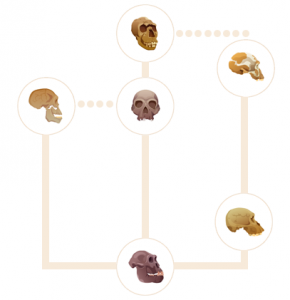
64. Paleobotany
Paleobotany is the scientific study of ancient plant fossils and their evolutionary history, shedding light on the past diversity, ecology, and development of plant life on Earth.
65. Dendroecology
How tree rings are used to investigate forest development, disturbance areas, and environmental change.
66. Anthropology
Anthropology is the multidisciplinary study of humans, encompassing their cultural, social, biological, and historical dimensions to understand the diversity and evolution of human societies and behavior.
67. Paleontology
Paleontology is the scientific study of ancient life through the examination of fossils, providing insights into the history and evolution of organisms on Earth.
68. Ecology
How organisms relate to each other in their physical environment including distribution and population dynamics.
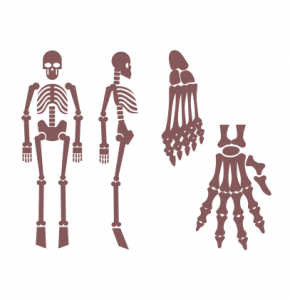
69. Synecology
Synecology is a branch of ecology that focuses on the study of communities of organisms and their interactions within ecosystems, exploring how different species coexist and influence each other in a shared habitat.
70. Zoology
Zoology is the scientific discipline that studies animals, encompassing their behavior, physiology, genetics, evolution, classification, and interactions within ecosystems.
71. Entomology
Entomology is the branch of biology that specializes in the study of insects, including their biology, behavior, taxonomy, and ecological roles.
72. Mammalogy
Mammalogy is the field of biology focused on the study of mammals, encompassing their evolution, behavior, physiology, ecology, and classification.
73. Ornithology
Ornithology is the scientific study of birds, encompassing their behavior, physiology, ecology, and taxonomy.
74. Phenology
Phenology is the study of cyclic and seasonal natural phenomena in plants and animals, such as flowering, migration, and hibernation, in relation to climate and environmental changes.
75. Biogeography
Biogeography is the scientific study of the distribution of species and ecosystems across geographic space and through geological time.
76. Zoogeography
Zoogeography is the branch of biogeography that focuses specifically on the geographic distribution of animal species and their populations.
77. Botany
Botany is the scientific study of plants, encompassing their classification, structure, physiology, ecology, and evolution.
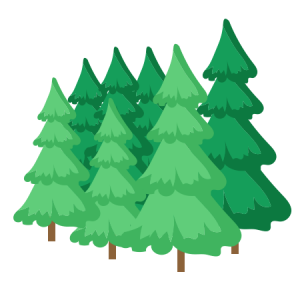
78. Dendrology
Dendrology is the branch of botany that focuses specifically on the identification, classification, and study of trees and woody plants.
79. Phytogeography
Phytogeography is the study of the distribution of plants and their relationships with the physical environment and other organisms across geographic areas.
80. Forestry
Forestry is the science and practice of managing and conserving forests, including the cultivation and harvesting of trees for various purposes such as timber production, ecological preservation, and recreation.
81. Arboriculture
Arboriculture is the study and practice of cultivating, managing, and caring for individual trees, often in urban environments, to promote their health, safety, and aesthetic value.
82. Agrobiology
Agrobiology is a branch of biology that focuses on the study of agricultural processes, including crop production, soil management, and the interaction between plants and their environment.
83. Meteorology

The study of short and long-term weather/climate patterns including its physical processes and effects on the biosphere.
84. Climatology
How climate (long-term weather patterns) has varied in the past and how climate change will affect the future.
85. Atmospheric Chemistry
Atmosphere chemistry is the study of the composition, reactions, and processes that occur within Earth’s atmosphere, including the interactions of gases, aerosols, and pollutants.
86. Topoclimatology
Topoclimatology is the study of how local geographic features, such as mountains, valleys, and bodies of water, influence climate variations and weather patterns in specific regions.
87. Barometry
Barometry is the measurement and study of atmospheric pressure, which helps in weather forecasting and understanding atmospheric dynamics.
88. Paleoclimatology
Paleoclimatology is the scientific study of past climates and environmental conditions on Earth, typically using evidence from natural records like ice cores, tree rings, and sediment layers to understand long-term climate patterns.
89. Paleotempestology
Paleotempestology is the study of past tropical cyclones and hurricanes using geological and historical records to better understand their frequency, intensity, and impact over time.

90. Aeronomy
Aeronomy is the study of the upper atmosphere and the interactions between gases, particles, and radiation in this region, particularly focusing on ionization and chemical reactions in the Earth’s ionosphere and thermosphere.
91. Radiometry
Radiometry is the science and measurement of electromagnetic radiation, including the quantification of light and other forms of radiant energy.
92. Aerodynamics
Aerodynamics is the study of how air interacts with objects, particularly the behavior of objects as they move through the air or fluids.
93. Hydrometeorology
Hydrometeorology is the branch of meteorology that focuses on the study of the hydrological cycle and its interaction with the atmosphere, including precipitation, evaporation, and water resources.
94. Geomagnetism
Geomagnetism is the study of the Earth’s magnetic field, its origin, and its effects on the planet and its surroundings.
95. Geophysics
Geophysics is the branch of science that explores the physical properties and processes of the Earth, such as its magnetic and gravitational fields, seismic activity, and subsurface structures.
96. Bioclimatology
Bioclimatology is the study of how climate and weather conditions affect living organisms, including their distribution, behavior, and adaptation strategies.
97. Geobiology
Geobiology is the scientific field that explores the interactions between Earth’s geological processes and the organisms that inhabit its environments, helping to understand the co-evolution of life and the planet.
98. Biometeorology
How atmospheric conditions and short-term weather patterns impact living things. For example, it may examine photosynthesis in plants or evapotranspiration rates in different seasons.
99. Oceanography
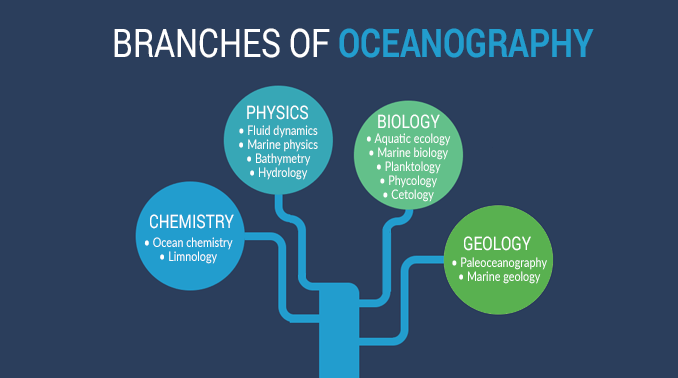
Oceanography is the multidisciplinary study of the Earth’s oceans, encompassing the physical, chemical, biological, and geological aspects of these vast bodies of water.
100. Limnology
How biological, chemical and physical properties of lakes and ponds relate (often) to their terrestrial surroundings.
101. Ocean Chemistry
How chemical properties of oceans interact including marine ecosystems, ocean currents, and fluid dynamics.
102. Hydrology
Hydrology is the scientific study of water, including its distribution, movement, quality, and interactions within the Earth’s atmosphere, surface, and subsurface.
103. Bathymetry
How deep oceans, seas, and lakes are relative to mean sea level. If you want to understand ocean depth, you’d perform a bathymetric survey with sonar instruments.
104. Marine Physics
Marine physics is a subfield of oceanography that focuses on the physical properties and dynamics of seawater, including its temperature, salinity, currents, and waves, to understand the behavior of the marine environment.
105. Fluid Dynamics
Fluid dynamics is the study of the motion and behavior of fluids, including liquids and gases, and how they interact with forces and boundaries in various contexts, such as in engineering, meteorology, and environmental science.
106. Marine Biology
Marine biology is the scientific study of organisms, ecosystems, and phenomena in the world’s oceans and other saltwater environments.
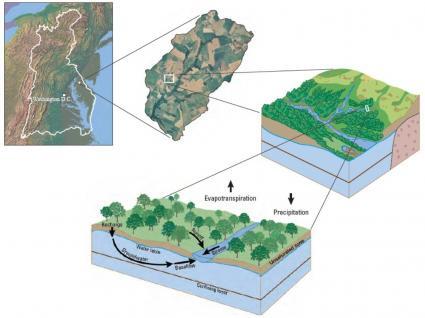
107. Hydrobiology
Hydrobiology focuses on the study of aquatic ecosystems and their associated organisms, including freshwater and marine environments.
108. Aquatic Ecology
Aquatic ecology is the scientific study of the interactions, relationships, and behaviors of organisms and their environments in aquatic ecosystems, including freshwater and marine habitats.
109. Ichthyology
Ichthyology is the branch of biology that focuses on the study of fish, including their biology, behavior, classification, and conservation.
110. Phycology/Algology
Phycology is the scientific study of algae, encompassing their biology, ecology, and taxonomy.
111. Planktology
Planktology is the branch of biology that focuses on the study of plankton, which includes tiny organisms and particles that drift in aquatic ecosystems, playing vital roles in marine food chains and ecosystems.
112. Paleoceanography
Paleoceanography is the scientific study of the history of the oceans, including their past temperatures, circulation patterns, and chemistry, through the examination of sediment and fossil records.
113. Cetology
Cetology is the branch of marine biology and zoology that focuses on the study of cetaceans, which includes whales, dolphins, and porpoises.
114. Ocean Geology
Ocean geology, also known as marine geology, is the scientific study of the Earth’s ocean floors and their geological features, including the formation and composition of oceanic crust, seafloor sediments, and the processes shaping the underwater landscape.
100+ Earth Science Branches
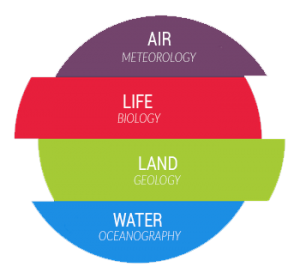
Earth Science is so hard to define because of all its “-ologies”, “-graphies” and “-ics” in Earth Science.
All of the branches of Earth Science are all woven together in fascinating ways.
It’s the interconnectedness between all these ways to study the Earth that makes it truly fascinating.
Now that we have an outline of the branches of Earth Science, let’s dive into our journey to better understand the planet we live in.


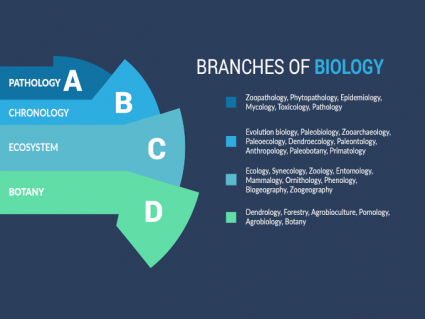
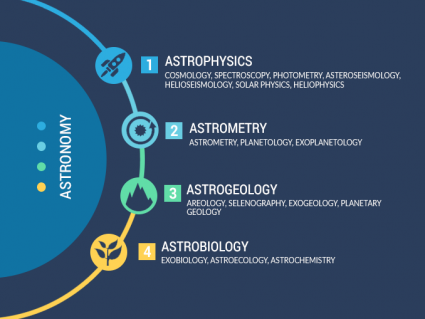
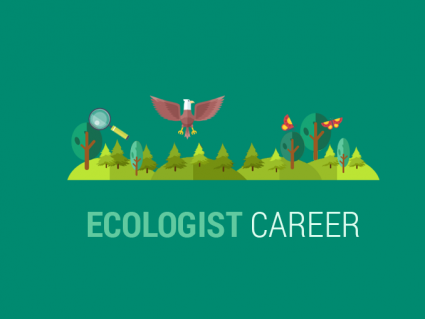
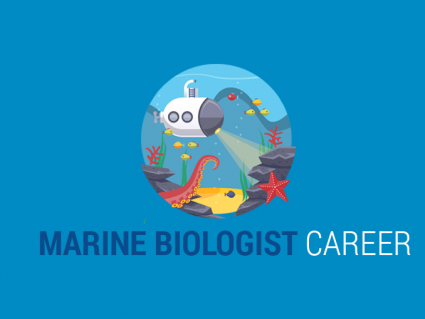

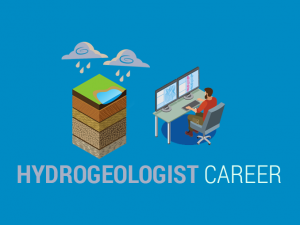
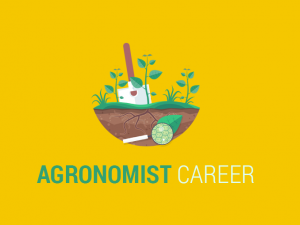
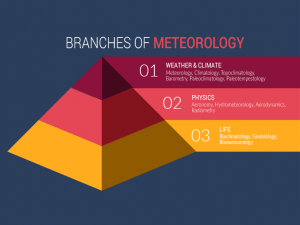



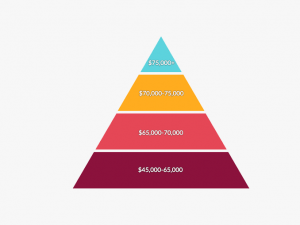
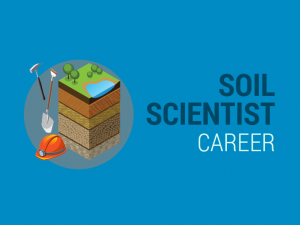
This is very helpful to read.
I don’t think it’s all of them… but there over 100 of them!
List and explain all the branches of science
I like this field of earth science and I have a dream to study it in master’s degree. From when I was a student, I liked physical geography.
Very helpful. God bless
This was really helpful for the school project I am doing, now all 5 PowerPoint slides of earth sciences are full of information and respective symbols. Thank you! Also, do you have a list of branches of physics and chemistry?
Thank you this is so very helpful to us.
This helped so much
Hey, this is so awesome to scroll through and see these delineations/fields, even with the interconnectedness and rather grey nature of these branches. Inspirationally overwhelming and interesting. Thanks so much for this!
Excellent presentation. Needs more elaboration and idea about institution imparting geosciences/Earth science education to attract younger aspirants. PROF. DR. BIJAY SINGH, EX VICE CHANCELLOR, STATE PUBLIC UNIVERSITY IN JHARKHAND, INDIA